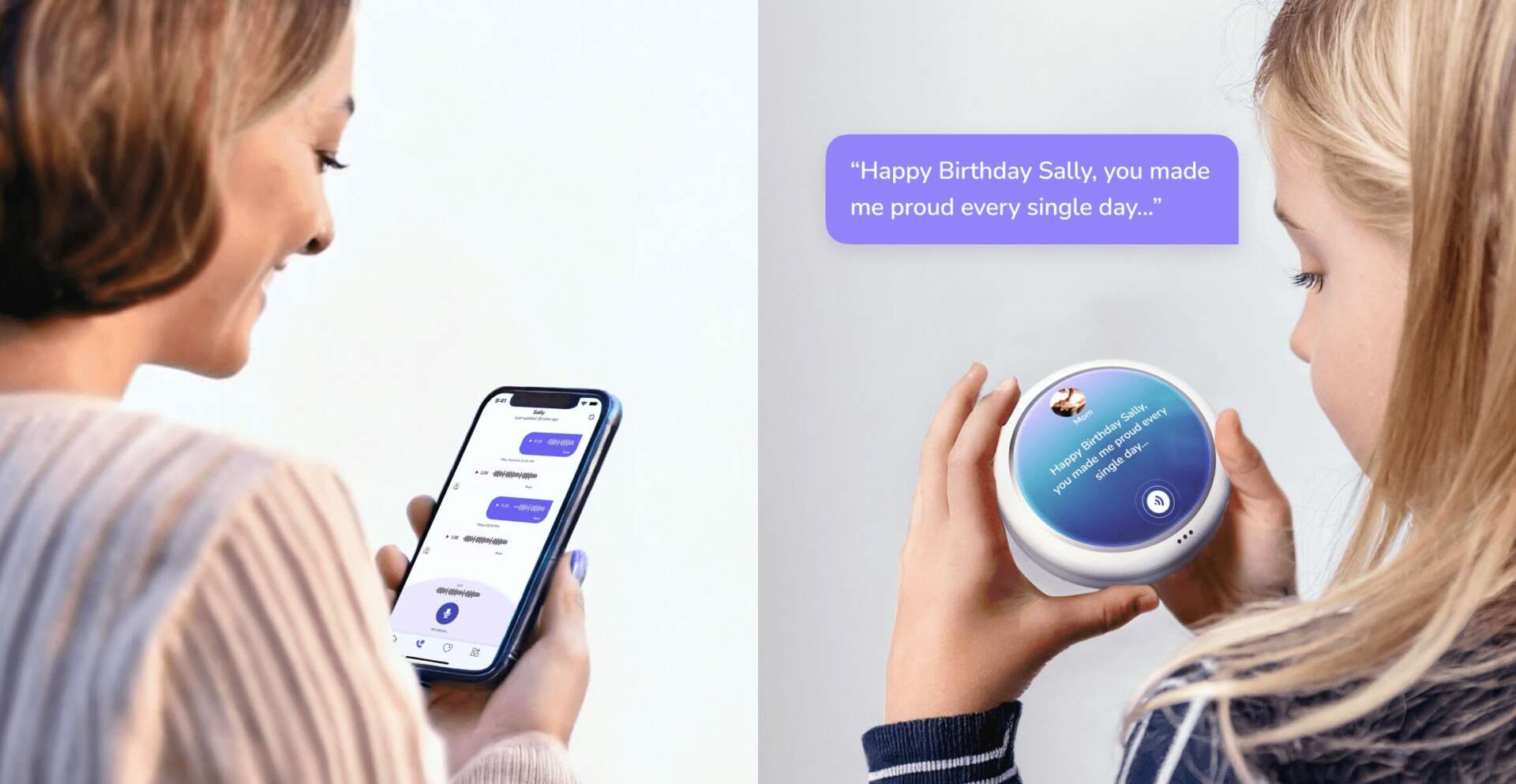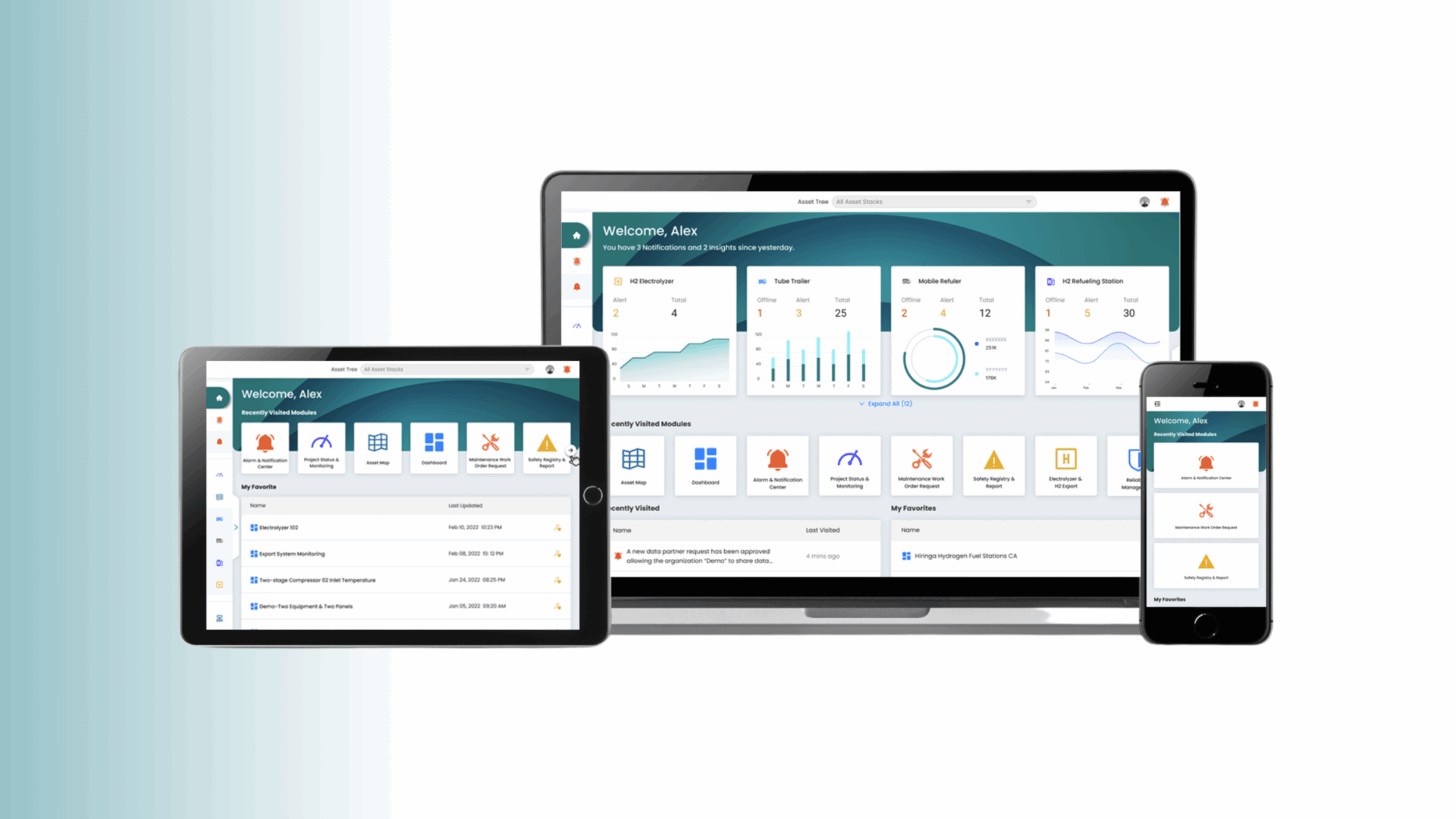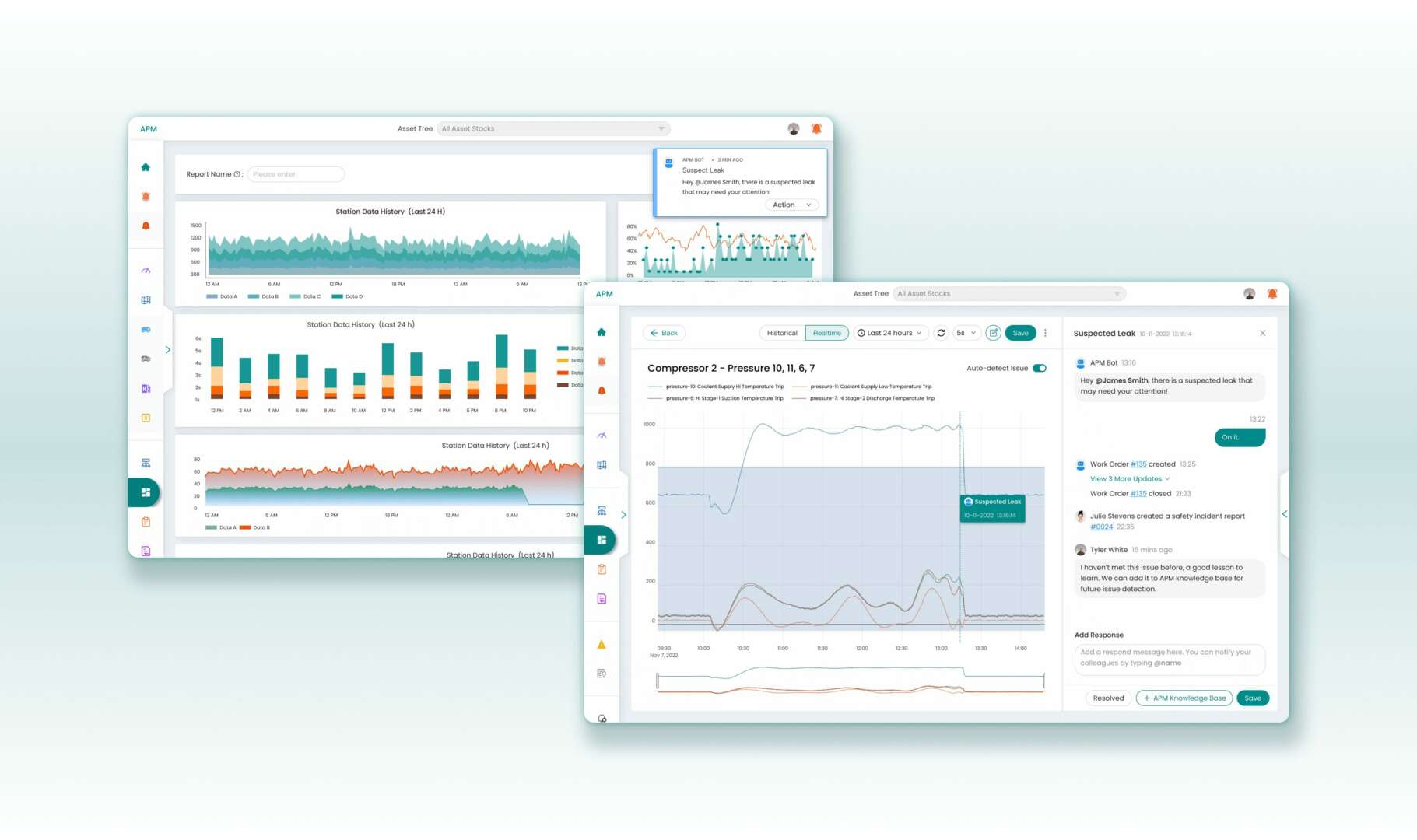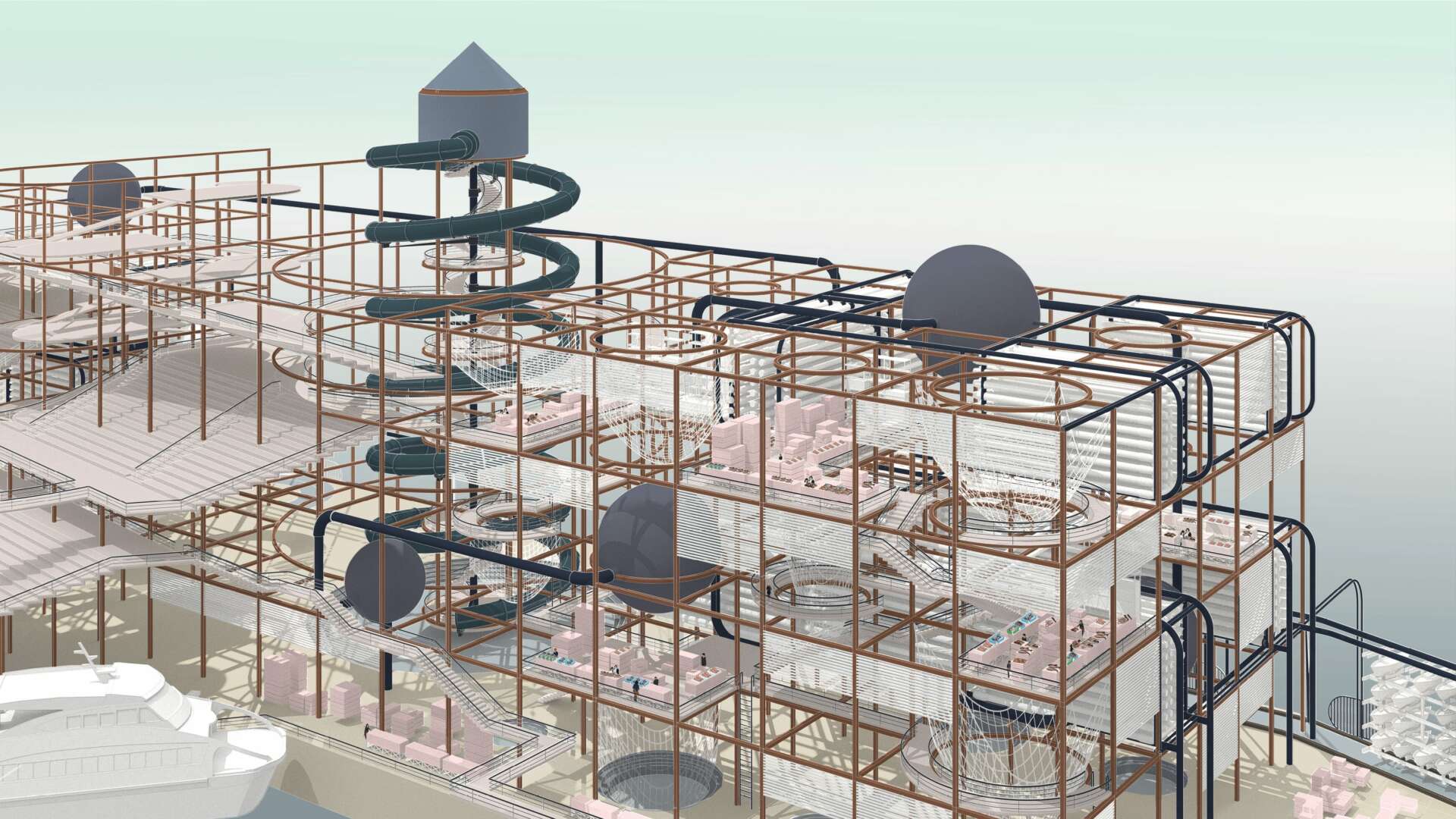We recently connected with Zhongqi Fu and have shared our conversation below.
Zhongqi, looking forward to hearing all of your stories today. What’s been the most meaningful project you’ve worked on?
The most meaningful project to me is the YoYo, which was honored as a Red Dot Winner in 2024. This project holds particular significance due to my personal background and the societal issues it addresses. Born and raised in China, I’ve witnessed many friends grow up separated from their parents during their early childhoods. This separation often led to a lack of communication and subsequently, mental health issues as they grew older. This isn’t just a problem among my friends; it’s a widespread phenomenon in many Asian countries.
Determined to find a solution, I initiated the concept with three teammates to develop a device that would help these left-behind children build strong connections with their parents. We envisioned a device that would be fun and engaging for kids while being sophisticated enough to monitor their mental health in real-time. Additionally, it needed to be simple for parents to use, allowing them to keep track of their child’s well-being and engage in meaningful interactions, even from a distance.
Our journey began with extensive research into the technical constraints and consultations with friends in healthcare and AI fields to understand children’s behaviors and mental models. We aimed to integrate an AI assistant into our design to provide real-time insights into the children’s emotional states.
The final product, the YoYo, is shaped like a Yo-Yo Ball—a toy that many young children love. We incorporated a touch-sensitive area in the middle of the ball to detect the child’s heart rate and other parameters, which help gauge their mood—whether they’re happy, anxious, sad, or angry. For parents, we developed a simple mobile app that displays their child’s live health status and mood. If the child feels bad, the app sends a warning message, prompting the parents to leave a voice message or engage in other forms of communication to show their love and care.
This project is especially meaningful to me because it addresses a critical issue in our society and has the potential to make a significant impact on the lives of many families. By fostering better communication and emotional support, the YoYo helps bridge the gap between parents and children, even when they’re physically apart.


As always, we appreciate you sharing your insights and we’ve got a few more questions for you, but before we get to all of that can you take a minute to introduce yourself and give our readers some of your back background and context?
My story began when I came to New York to pursue my master’s program at Columbia University. Initially, I majored in architecture, dreaming of becoming an architect who could create better living environments and improve the quality of life for people. However, after graduation, I started my first full-time job as a junior architectural designer and quickly realized the significant gap between what I had learned in school and the realities of the profession. In the real world, it was challenging for an architectural designer to prioritize user needs, as we often had to compromise to meet the requirements of the owners, regardless of how the actual users felt.
This realization led me to shift my focus from physical design toward user-centric product design that directly addresses real-world problems. I began diving into the digital world by self-learning UX/UI design methodology and working on volunteer projects in my spare time to gain hands-on experience. This eventually led me to a startup in Boston, where I became a product designer in the new-energy industry. It was during this time that I realized how meaningful this transition was, as I saw my designs implemented and used by hundreds of users through our business partners.
As I gained experience, I felt a strong desire to influence and support other junior designers and students entering the industry. I volunteered my spare time mentoring new and junior UX designers, served on university graduation committees, and worked on award-winning projects with my teammates. Additionally, I submitted a utility model patent. My commitment to improving people’s lives drives me to constantly think about how to solve everyday problems better.
Today, my work focuses on developing innovative and user-centric products. I aim to solve critical issues such as mental health, communication enhancement, and creating engaging user experiences. My approach is distinguished by a deep commitment to understanding user needs through extensive research and empathy-driven design. I collaborate with experts in healthcare, AI, and user experience to ensure that my products are functional and meaningful to their users.
I am most proud of the positive impact my work has on people’s lives. Hearing from users who have benefited from my designs reaffirms my belief in the power of thoughtful design to solve real problems and improve daily living.
For potential clients, followers, and fans, I want you to know that my brand is built on innovation, empathy, and excellence. I strive to push the boundaries of what is possible, creating cutting-edge, accessible, and beneficial products for a wide range of users. Whether enhancing communication, improving mental health, or bringing joy and ease into daily life, my work aims to deliver meaningful and impactful experiences.
In summary, my journey from architecture to user-centered design has been driven by a passion for making a difference. I strive to create products that meet and exceed user needs, providing lasting value and fostering stronger connections in our increasingly digital world.


What do you think is the goal or mission that drives your creative journey?
Yes, there is. Currently, I am working for a company undergoing a significant transition from traditional manufacturing to a digitalized data platform. This trend is not only prevalent in the energy industry but is also thriving in other data-driven fields such as healthcare, biotech, finance, and e-commerce. Many industries are now striving to digitalize their data into a unified cloud system, enabling seamless monitoring of data from connected devices and equipment, analyzing failures, interacting with incidents, and predicting potential issues.
As a product designer with over four years of experience in this industry, I have witnessed how rapidly the world is changing and how AI has accelerated the digitalization of traditional industries. However, through user interviews with individuals accustomed to outdated software in factories or labs—software with extremely complex user flows and unfriendly interfaces that have remained unchanged for decades—I realized the importance of designing user-friendly, simple, and easy-to-use interfaces.
My mission is to enhance the user experience for factory workers, lab researchers, and other professionals by creating intuitive and efficient interfaces. This not only improves their daily workflows but also empowers them to leverage new technologies more effectively. My goal is to bridge the gap between advanced digital solutions and the practical needs of users, ensuring that technological advancements translate into tangible benefits for those on the front lines of various industries.


Is there something you think non-creatives will struggle to understand about your journey as a creative? Maybe you can provide some insight – you never know who might benefit from the enlightenment.
One aspect that non-creatives might struggle to understand about my journey as a creative is the iterative and often nonlinear nature of the design process. Creativity is not just about coming up with a single great idea and executing it flawlessly. Instead, it involves a lot of trial and error, feedback loops, and continuous refinement.
When I transitioned from architecture to user-centric product design, I had to embrace a mindset of constant learning and adaptation. Each project begins with research and empathy to understand the users’ needs deeply. From there, it moves into ideation, prototyping, testing, and refining based on user feedback. This cycle can repeat many times before arriving at a final product that truly meets the users’ needs.
Moreover, the challenges of balancing functionality with aesthetics, and the constraints of technology and business requirements, add layers of complexity to the design process. For instance, when designing digital interfaces for factory workers or lab researchers, it’s crucial to make the design intuitive and easy to use, despite the sophisticated technology behind it. This requires a deep understanding of the users’ workflow and pain points, which often means going beyond just design skills and delving into fields like psychology, ergonomics, and even the specifics of the industry you’re designing for.
Non-creatives might also not fully appreciate the emotional investment involved in the creative journey. Each project carries a piece of the designer’s vision and passion, and seeing it come to life—or facing setbacks—can be deeply personal.
By sharing this insight, I hope to highlight that creativity is not just about innate talent but also about perseverance, empathy, and a willingness to embrace and learn from failure. Understanding this can help non-creatives appreciate the dedication and effort that goes into creating user-centric designs that enhance people’s lives.
Contact Info:
- Website: https://zf-ux.webflow.io/
- Instagram: zhongqi_fu
- Linkedin: https://www.linkedin.com/in/zhongqi-fu/
- Twitter: @zhongqi_fu8503
- Youtube: https://youtube.com/@zhongqifu3313?si=nsibft9vUxjXp9_C
- Other: https://unibike.my.canva.site/
https://ta-design-studio.webflow.io/




